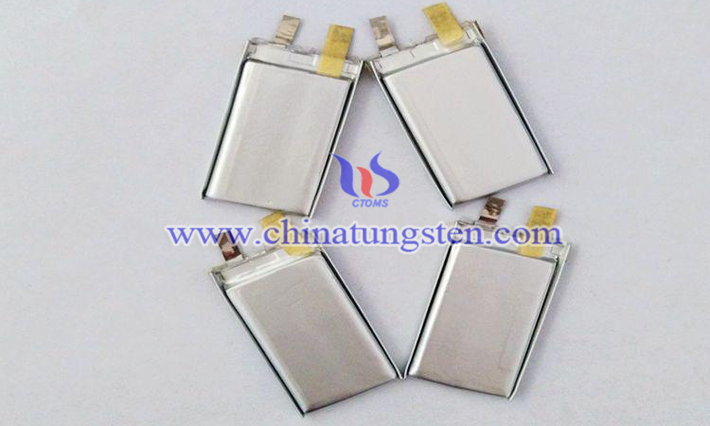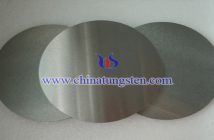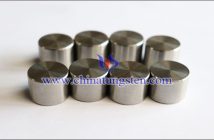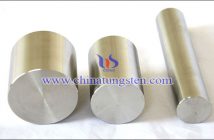Nano transition metal oxide anode has good lithium storage performance, such as CuO, Fe2O3, Co3O4, WO3, etc., can store lithium through conversion reaction, and its capacity is much higher than that of commercial graphite anode. Among them, WO3 is the most stable oxide of tungsten at room temperature, with low environmental pollution, reasonable price, and high theoretical specific capacity (693mAh/g). It is a anode material with development potential. However, bulk WO3 has low conductivity and large volume changes during charging and discharging, resulting in poor rate performance and cycle stability. Therefore, the researchers doped a certain amount of titanium into the nano tungsten oxide. So, how should titanium doped nano tungsten oxide be prepared?
(1) Add the MOF material of ammonium metatungstate and porous titanium to the excess citric acid solution, vibrate with ultrasonic wave, and stand in a vacuum environment for 12~24h to obtain a mixed solution. (2) The obtained mixed liquid from step (1) is transferred to a reaction kettle and heated, and reacted at a temperature of 160-180°C for 20-24 hours. After the reaction is completed, the temperature is naturally cooled to room temperature, and then the liquid is taken out, filtered, washed, and dried to obtain a powder. (3) The dried powder is taken out from step (2), and the temperature is rapidly raised to 500~600℃ in an argon atmosphere, and the heat preservation is 1~2h. After the roasting is completed, it is cooled to room temperature in the furnace.

The advantages of the production technology are simple process, low production cost, and the obtained titanium doped nano WO3 has a small and uniform particle size, and a special morphology structure, which can make the battery product prepared more excellent in storage performance and cycle performance.
Nano tungsten oxide is a light yellow triclinic powder crystal. When the temperature is higher than 740°C, it turns into orange tetragonal crystals, and new_s to the original state after cooling. It is relatively stable in the air, with a melting point of 1473°C, a boiling point higher than 1750°C, and a relative density of 7.16g/cm3.



